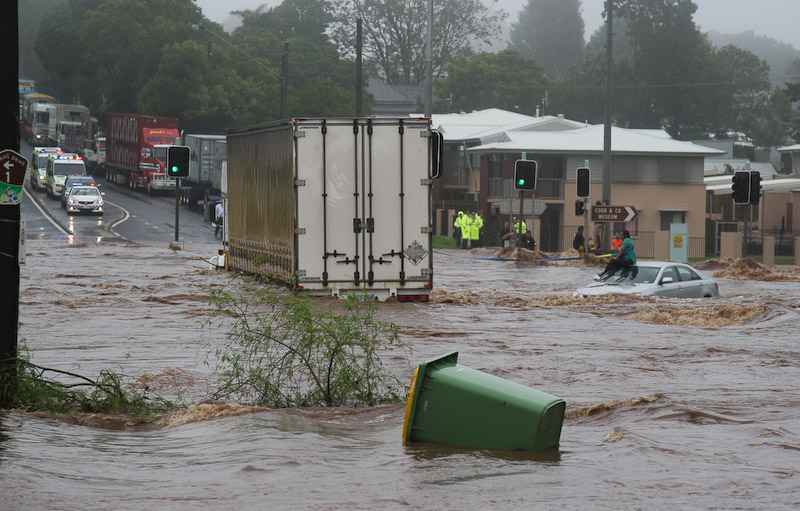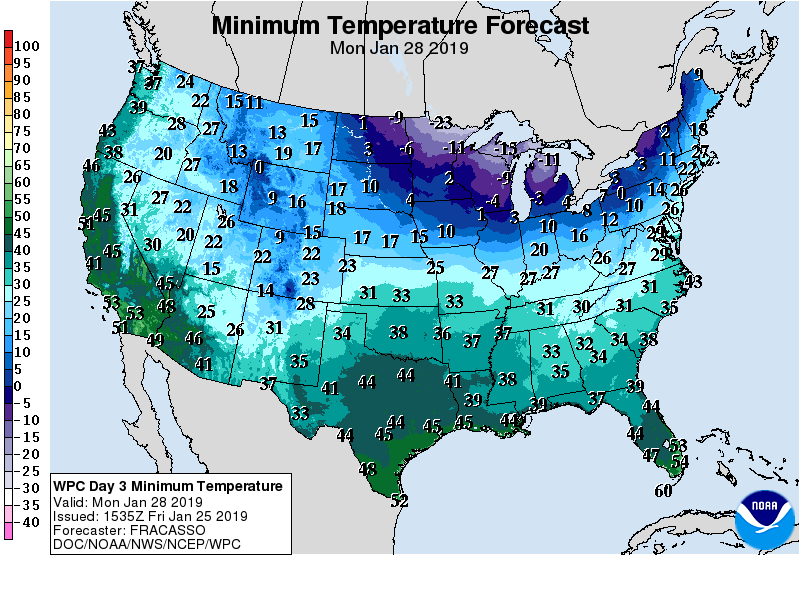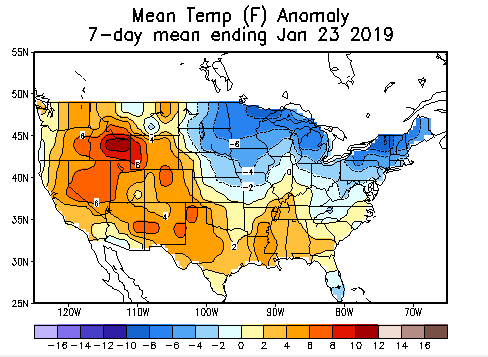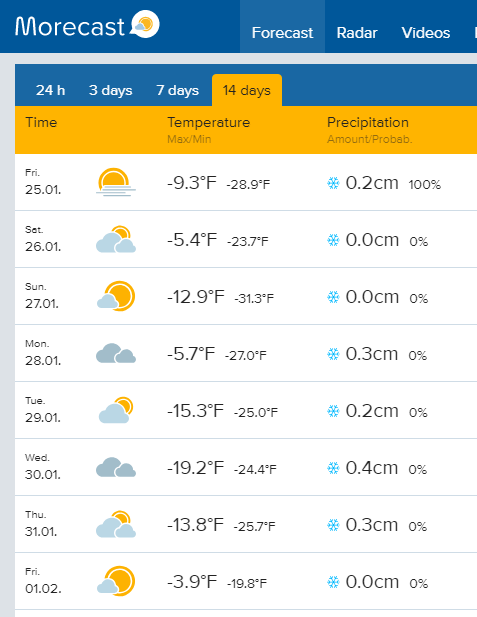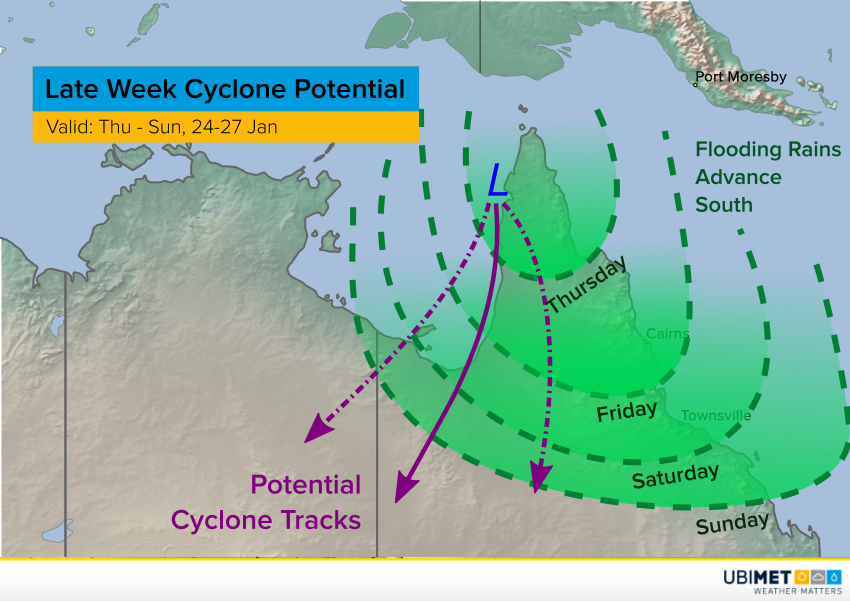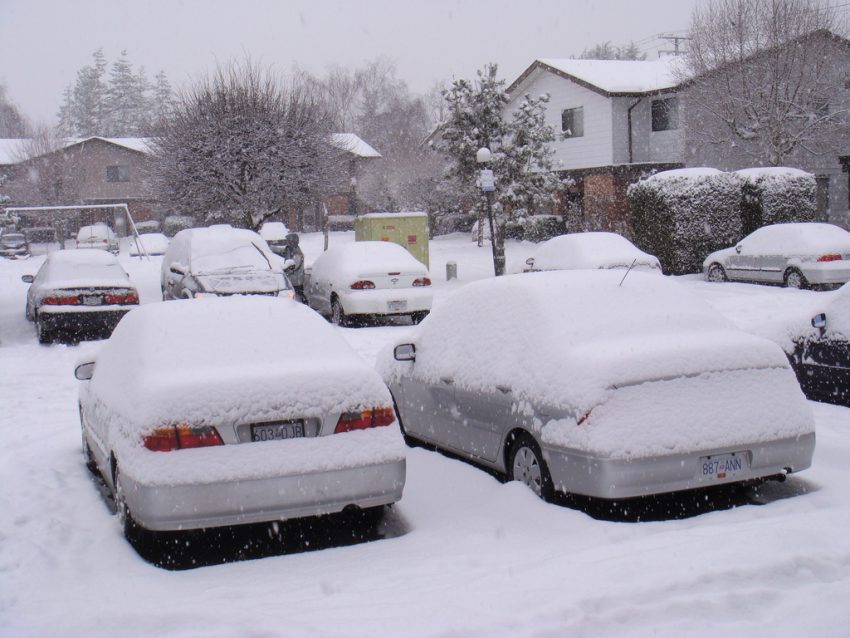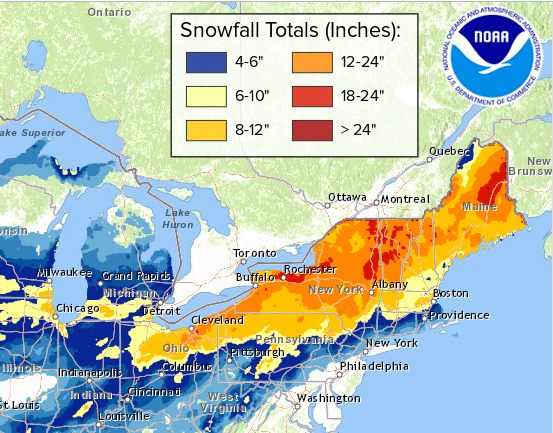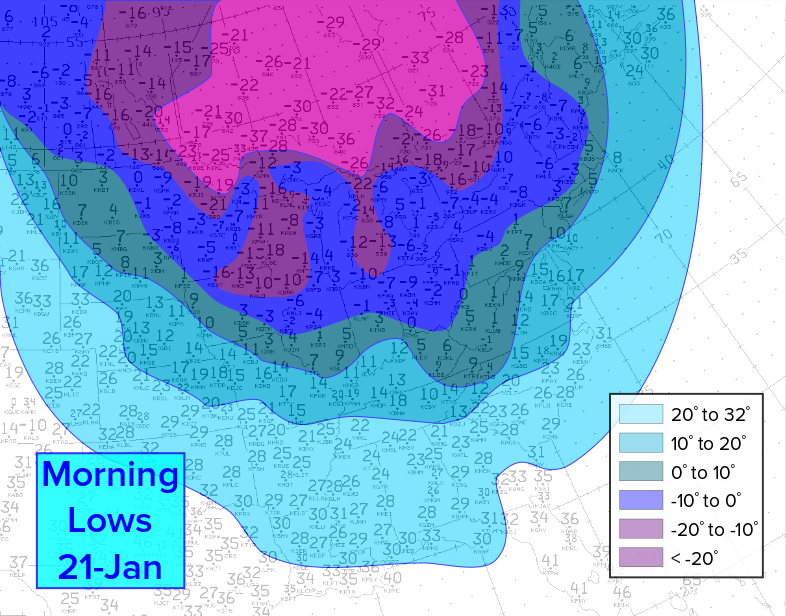Historic Flooding Hammers Northeastern Queensland, Australia
The remnants of a monsoonal low continue to pump tropical moisture into portions of northeastern Queensland. Some stations have reported upwards of 500 mm of rain in the past several days! Unfortunately, the heavy rain will continue along the coast and near-coastal ranges from Townsville to Mackay. Serious flooding will continue to threaten the region (see tweet links below).
New post (Dozens of Australia Day events cancelled in Queensland after heavy rainfall causes several floods ) has been published on adsbutf – https://t.co/w3sX0HIMQR pic.twitter.com/CA6jwqtfU8
— adsbutf (@adsbutf1) January 28, 2019
Barron Falls in full flood after relentless rain inundates Far North Queensland. #9News
Suburb beats 118 year flood record: https://t.co/nlNl31R3aX pic.twitter.com/0E2nvH8QAl— Nine News Australia (@9NewsAUS) January 28, 2019
Worst since federation: Northern Australia is hit with heaviest floods in 118 years after getting 500mm of rain in one day – with more to come https://t.co/rbm64qayXr
— #aupol news (@AupolNews) January 28, 2019
The tropical low in question is tapping into rich Coral Sea moisture. North to northeast winds are pushing this moisture onto the coast and up into the mountains nearby, enhancing rainfall rates. This process began near Cairns last week and has slowly migrated south. The Daintree area among others has seen record-setting rainfall totals, leading to major river flooding.

For the next several days, the tropical rain band will pound the coast between Townsville and Mackay, QLD (see map above). This area has already seen 200 to as much as 500 mm. Additional rainfall amounts locally as high as 500-600 mm are likely! Flash flooding will be widespread, and runoff from the rainfall will lead to rapid and dangerous rises in area rivers. Lead photo courtesy flickr user Timothy Swinson.
